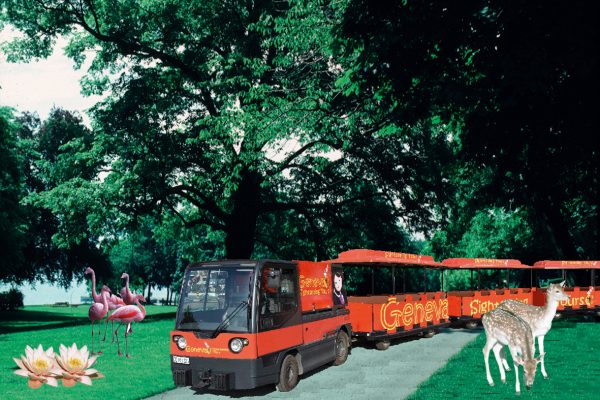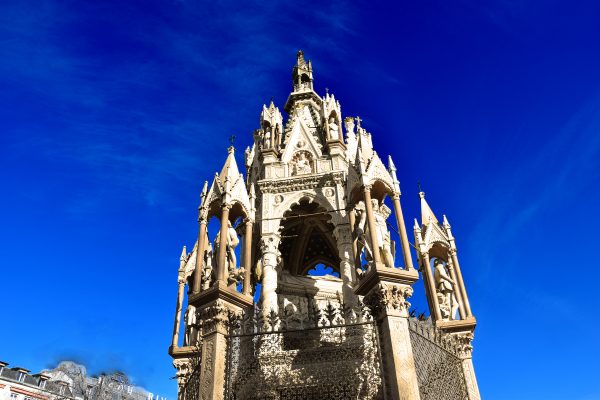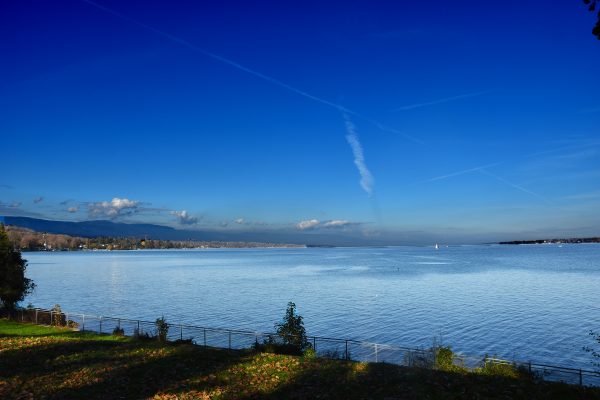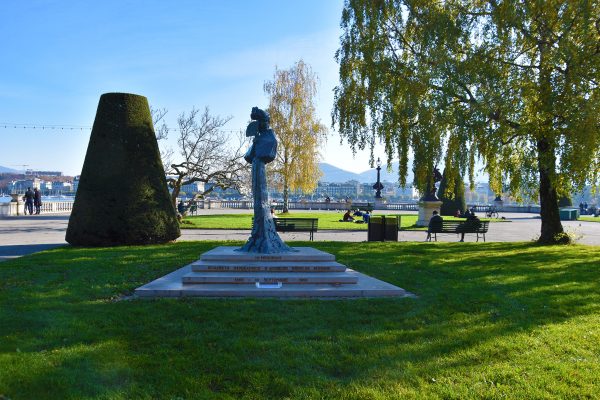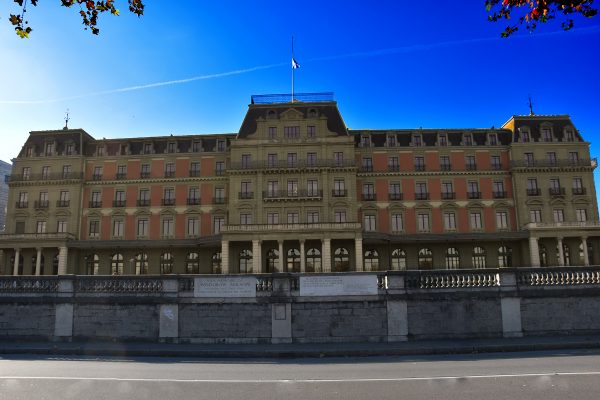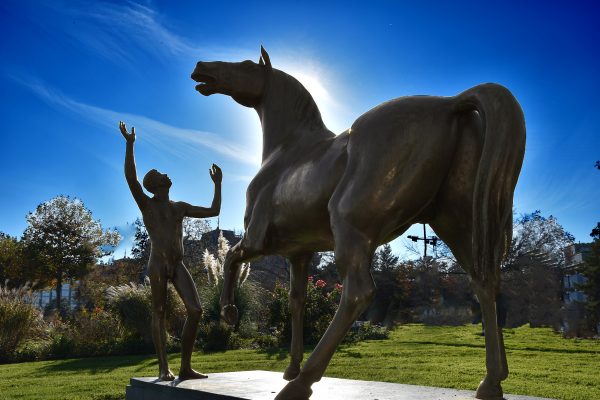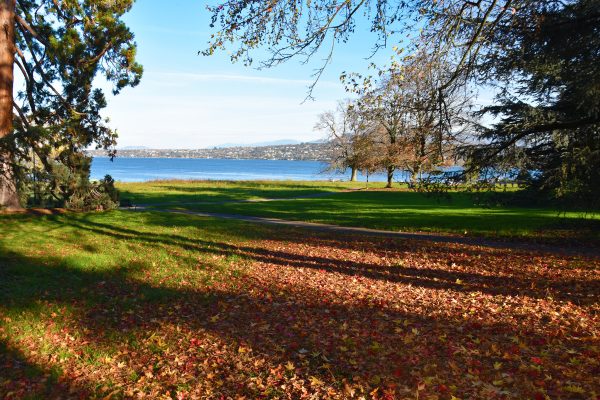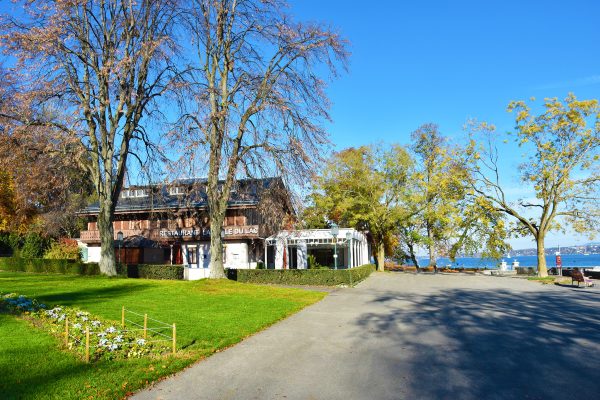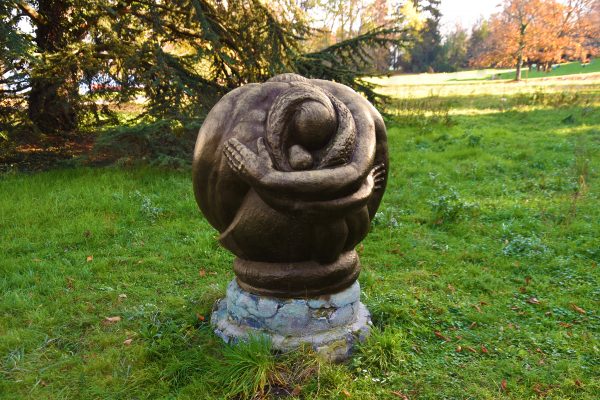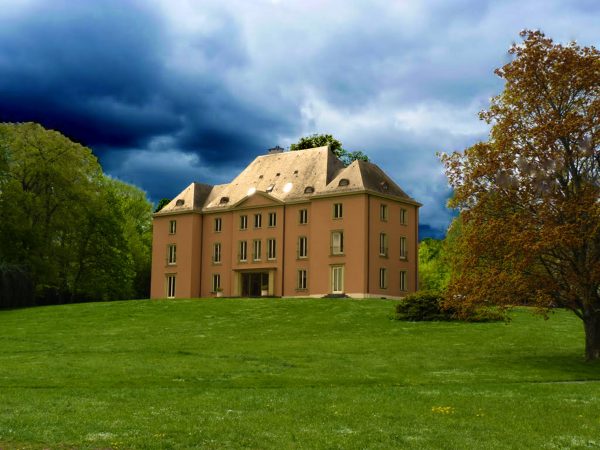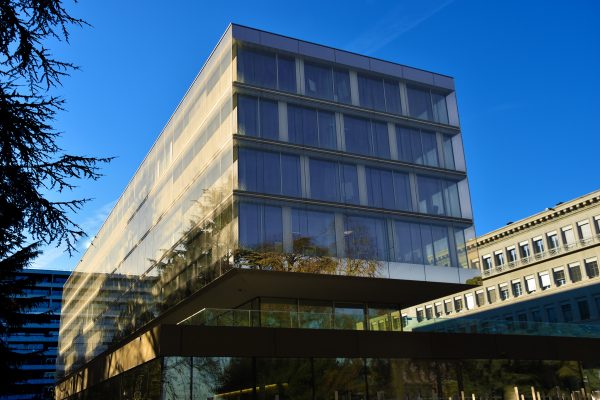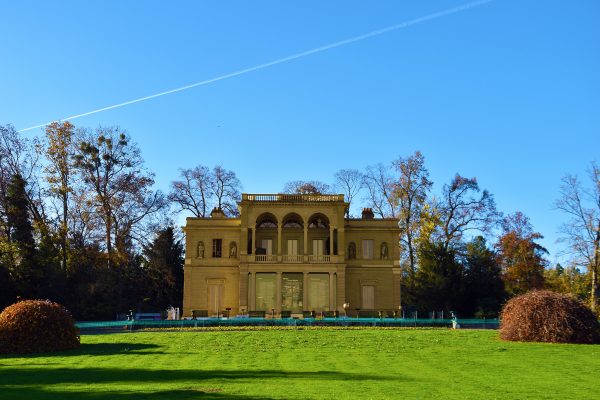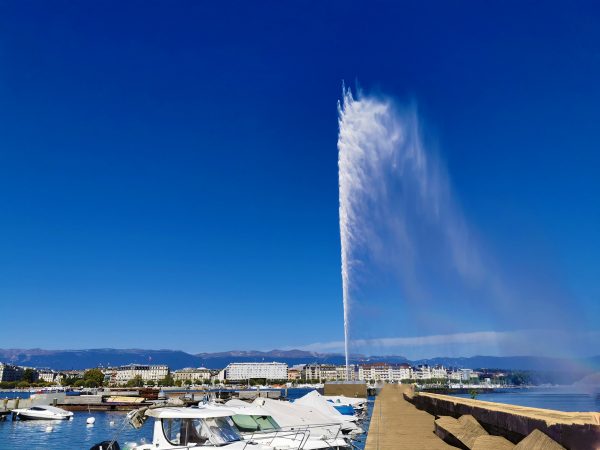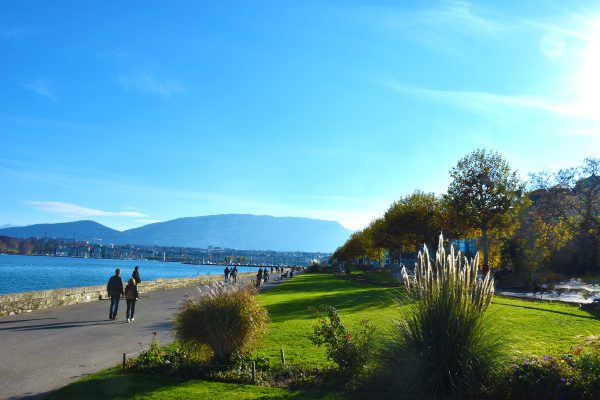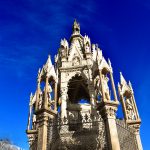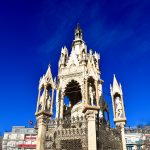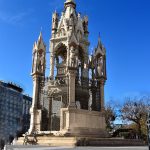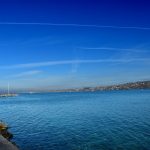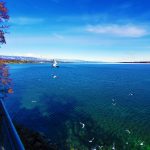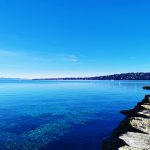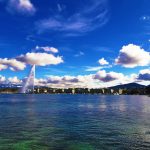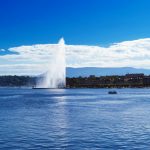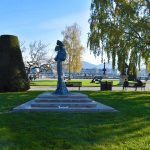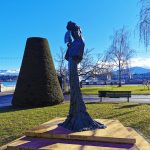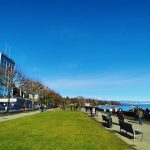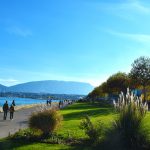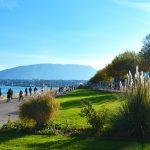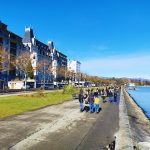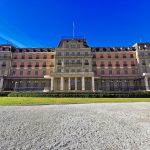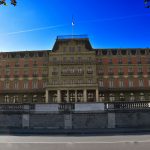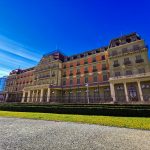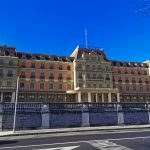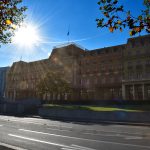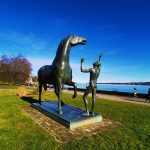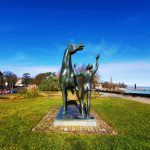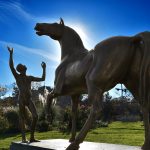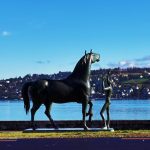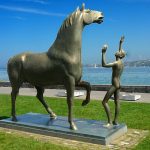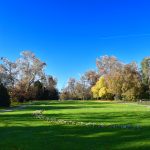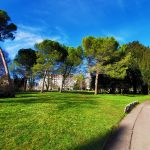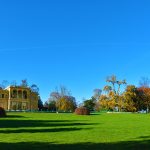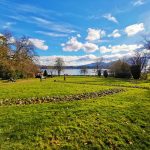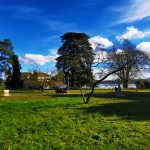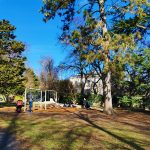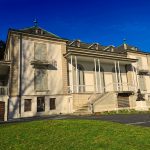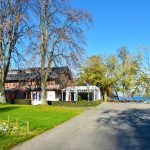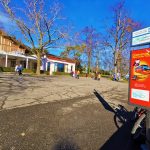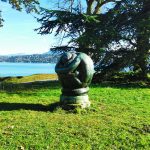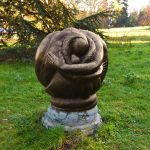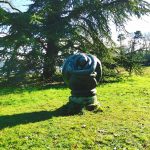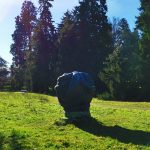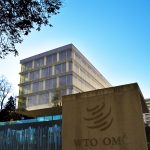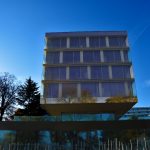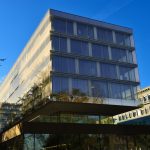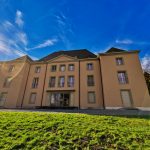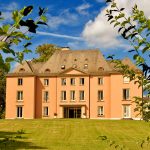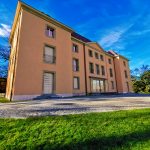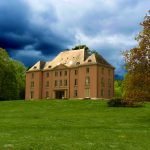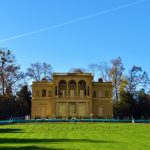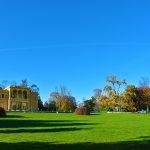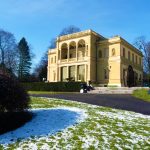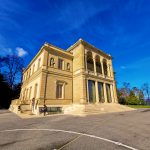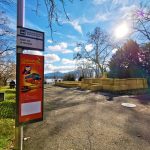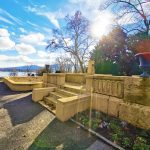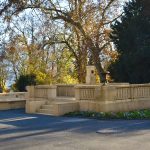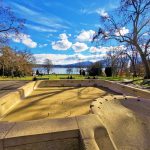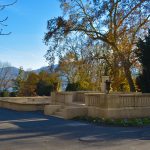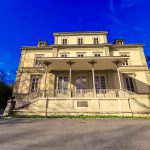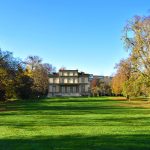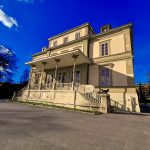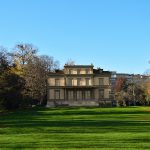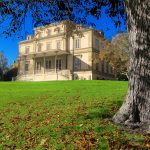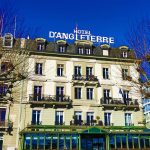A dream walk through parks and residences
2. Lake Geneva
Lake Geneva is located on the Franco-Swiss border, it is the largest natural lake in the Alps, it offers many possibilities for tourist excursions in the heart of the coastal and surrounding landscapes, a real journey through time and history. from Switzerland. At 372 m above sea level, bordered by the monumental Jura mountains, it offers landscapes with a Riviera atmosphere and breathtaking panoramas.
4. Sissi, Austrian Empress, Statue
In 1898, Geneva became the last stop in the life of the intrepid Empress Sisi. She arrives from Montreux and crosses the lake in a paddle-wheel boat to visit Baroness de Rothschild. Sisi is spending the night at the Beau Rivage hotel. At the beginning of the afternoon of the following day, in front of the boat, Luigi Lucheni, an Italian anarchist, stabs the Empress with a sharp file, she will die in Geneva.
5. Quai Wilson
In homage to the President of the United States Woodrow Wilson, initiator of the League of Nations. the Wilson quay is part of the continuity of the pedestrian quays drawn all around the harbor without interruption over 6 km. The whole offers a spectacular walk with a permanent view of the lake, the city and the mountains.
6. Palais Wilson
The Office of the High Commissioner for Human Rights (OHCHR) is headquartered in the historic human rights building, Palais Wilson, in Geneva, Switzerland. The five-storey, 225-room building, located on the shores of Lake Geneva and built in 1873-1874, was originally the Hôtel National.
7. "The Youth and the Horse"
The Teenager and the Horse is a bronze statue created by sculptor Heinz Schwarz. He is a young boy who is sculpted in this fragile and fleeting period of adolescence. The sculptor accentuates the delicacy of features and curves, the bodies are smooth interpreting the softness of innocence.
9. Villa Mon-Repos
The Mon Repos villa, in the park of the Pearl of the Lake. In 1954, the City of Geneva donated this house to the Television Genevoise team to set up its studio there and transfer its activities there from the Genthod school, where it had started its activities a few months earlier.
12. "The Human Effort"
The sculpture, entitled “L’Effort Humain” was created by Geneva artist James Vibert in 1935. Marked by the Symbolist movement, Rodin’s influence is palpable in his group compositions. The contours are smoothed, the contrasts forced and one feels the crushing of the material to the limits of the deformation. It is that Vibert starts from the material to join the symbol and exploits all the potentialities to achieve its work.
13. William Rappard Center OMC - WTO
Center William Rappard, which houses the World Trade Organization. Witness to more than 90 years of international cooperation, the Center William Rappard (CWR) was conceived as part of the effort deployed after the First World War to create a League of Nations and other institutions that would have the role of encourage multilateral cooperation and the peaceful settlement of conflicts.
14. Conservatory & Botanical Gardens (stop)
Huge natural space, 28 hectares in size, the Botanical Garden of Geneva is a true haven of peace. It offers a tranquility and a beauty proper to the promenade. On the other hand, since its creation in 1904, the Botanical Garden has developed an incredibly rich and varied flora, with its collection of 16,000 species from all over the world. The visit takes place through various sectors: the arboretum, greenhouses, animal space.
15. Villa Barton
At the end of the 17th century, the site hosted a summer residence with garden, orchard and vineyard. In 1858, Robert Peel, son of British Prime Minister and himself representative of the United Kingdom to Switzerland, bought the estate. He had a cottage built and set up an English park with looped paths and groups of trees; He’s also the one who planted the California redwoods. His daughter Alexandra married the wealthy Daniel Barton (creator of Victoria Hall) who acquired the estate in 1892. The park opened to the public in 1938 after Alexandra Barton Peel (nicknamed the “Queen of Geneva” for her diplomatic activities) bequeathed the estate. park to the Confederation with the obligation to preserve all trees on the property.
18. Villa Moynier
Built in 1846 by Gustave Moynier, one of the founders of the Red Cross, the Villa Moynier is an elegant mansion overlooking the lake. Headquarters of the ICRC until the end of the First World War, it is today occupied by the Academy of International Humanitarian Law and Human Rights


